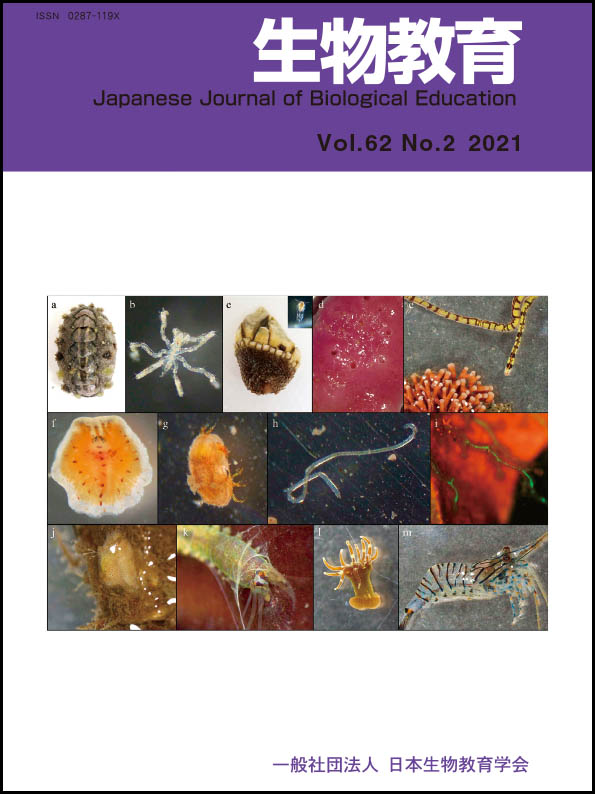Volume 62, Issue 2
Displaying 1-11 of 11 articles from this issue
- |<
- <
- 1
- >
- >|
RESEARCH PAPER
-
2021Volume 62Issue 2 Pages 52-58
Published: 2021
Released on J-STAGE: August 31, 2021
Download PDF (3283K)
RESEARCH NOTE
-
2021Volume 62Issue 2 Pages 59-65
Published: 2021
Released on J-STAGE: August 31, 2021
Download PDF (1733K) -
2021Volume 62Issue 2 Pages 66-74
Published: 2021
Released on J-STAGE: August 31, 2021
Download PDF (3713K) -
2021Volume 62Issue 2 Pages 75-79
Published: 2021
Released on J-STAGE: August 31, 2021
Download PDF (13080K) -
2021Volume 62Issue 2 Pages 80-86
Published: 2021
Released on J-STAGE: August 31, 2021
Download PDF (2842K)
SPECIAL FEATURE ARTICLES: SBSEJ Symposium
-
2021Volume 62Issue 2 Pages 87-89
Published: 2021
Released on J-STAGE: August 31, 2021
Download PDF (1267K) -
2021Volume 62Issue 2 Pages 90-92
Published: 2021
Released on J-STAGE: August 31, 2021
Download PDF (1703K) -
2021Volume 62Issue 2 Pages 93-95
Published: 2021
Released on J-STAGE: August 31, 2021
Download PDF (1267K) -
2021Volume 62Issue 2 Pages 96-98
Published: 2021
Released on J-STAGE: August 31, 2021
Download PDF (1883K) -
2021Volume 62Issue 2 Pages 99-102
Published: 2021
Released on J-STAGE: August 31, 2021
Download PDF (1587K) -
2021Volume 62Issue 2 Pages 103-104
Published: 2021
Released on J-STAGE: August 31, 2021
Download PDF (2251K)
- |<
- <
- 1
- >
- >|
